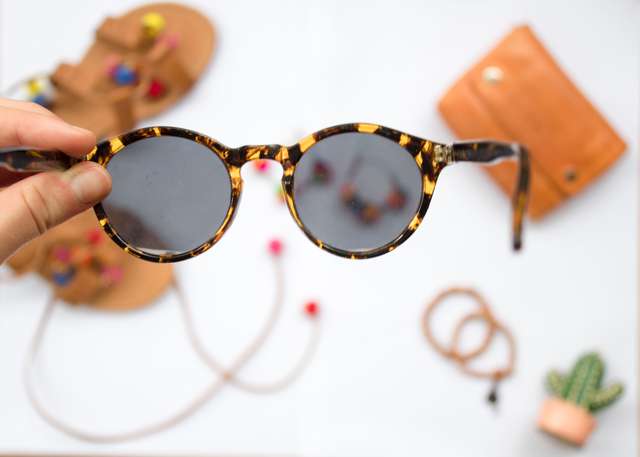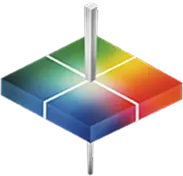
Adaptable lenses prevent eye strain by adjusting color based on UV exposure. Image Source: Shutterstock user kiuikson
Since their introduction, demand for photochromic lenses—lenses that change color based on sun exposure—has risen dramatically; today, these types of lenses account for nearly 16% of all eyeglasses purchased in the US annually.1 Those whose vision requires constant correction in particular often opt for this type of eyewear to avoid the need for a separate pair of sunglasses and customers depend on their lenses to be durable, long-lasting, and to accurately transition in a way which is seamless and unobtrusive. Manufacturers provide this by creating complex color layers that work together to create a unique result.
However, lenses that transition aren’t as easy to create as standard clear lenses. Working with multiple colors and dyes can present unique challenges to the manufacturing process, as each additional step opens up room for potential error. To minimize errors and create perfect combinations, some manufacturers rely on the advanced technology of spectrophotometers as an integral part of product development and production.

Adaptable lenses are made up of layers of different colored dyes which change based on UV exposure: Image source: Alex Iby on Unsplash



